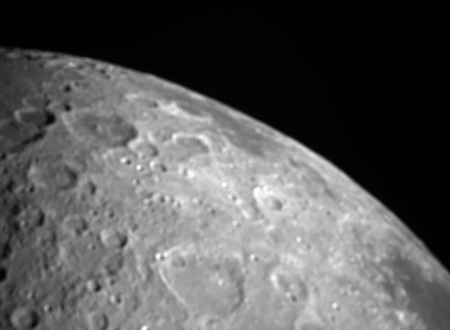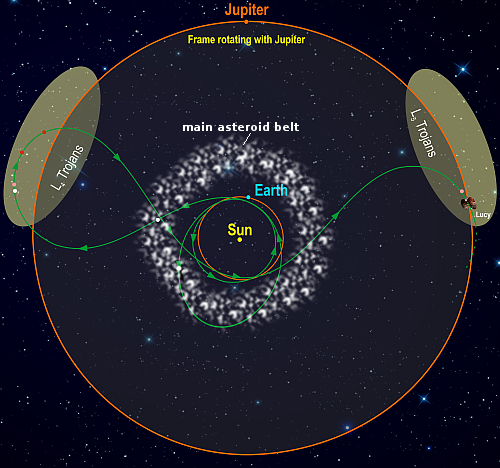Sierra Space powers up its Dream Chaser mini-shuttle for the first time
Sierra Space yesterday announced that it has successfully run electricity for the first time through its first Dream Chaser mini-shuttle, dubbed Tenacity.
The press release is remarkably lacking in detailed information, or graphics. This quote is really the only hard facts mentioned:
Sierra Space simulated the power that will be generated from Dream Chaser’s solar arrays once on orbit. Test engineers plugged that power into Dream Chaser and began turning on systems. Sierra Space exercised flight computers, base processors and low-voltage distribution units.
Tenacity has been under construction since 2016, when the company won its NASA contract to build it. That’s seven years to build a single spacecraft, and yet all they have done so far is feed electricity through it for the first time. In that time period SpaceX not only built multiple prototypes of Starship and Superheavy, it has flown multiple test flights.
Is money an issue? The actual contract amount NASA gave Sierra Space to build Tenacity has never been published, though NASA has said the total awarded for all the cargo missions to be flown by SpaceX, Northrop Grumman, and Sierra Space equaled $14 billion. Since these fixed price contracts also require the companies also commit some of their own funds, or obtain outside financing, it is possible that Sierra Space has had money issues slowing development.
Regardless, Dream Chaser was first supposed to fly in 2020. It is now three years late, with no clear indication that a launch will come anytime soon. In many way, Sierra Space is beginning to remind me of Blue Origin, endlessly issuing promises but never delivering.
Sierra Space yesterday announced that it has successfully run electricity for the first time through its first Dream Chaser mini-shuttle, dubbed Tenacity.
The press release is remarkably lacking in detailed information, or graphics. This quote is really the only hard facts mentioned:
Sierra Space simulated the power that will be generated from Dream Chaser’s solar arrays once on orbit. Test engineers plugged that power into Dream Chaser and began turning on systems. Sierra Space exercised flight computers, base processors and low-voltage distribution units.
Tenacity has been under construction since 2016, when the company won its NASA contract to build it. That’s seven years to build a single spacecraft, and yet all they have done so far is feed electricity through it for the first time. In that time period SpaceX not only built multiple prototypes of Starship and Superheavy, it has flown multiple test flights.
Is money an issue? The actual contract amount NASA gave Sierra Space to build Tenacity has never been published, though NASA has said the total awarded for all the cargo missions to be flown by SpaceX, Northrop Grumman, and Sierra Space equaled $14 billion. Since these fixed price contracts also require the companies also commit some of their own funds, or obtain outside financing, it is possible that Sierra Space has had money issues slowing development.
Regardless, Dream Chaser was first supposed to fly in 2020. It is now three years late, with no clear indication that a launch will come anytime soon. In many way, Sierra Space is beginning to remind me of Blue Origin, endlessly issuing promises but never delivering.






